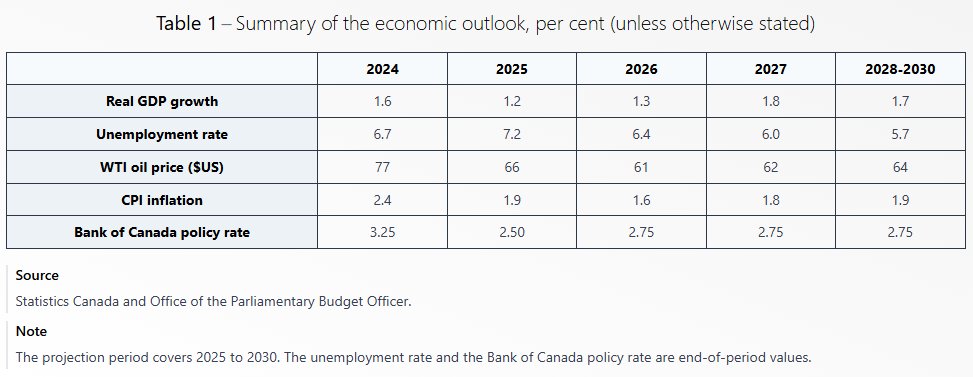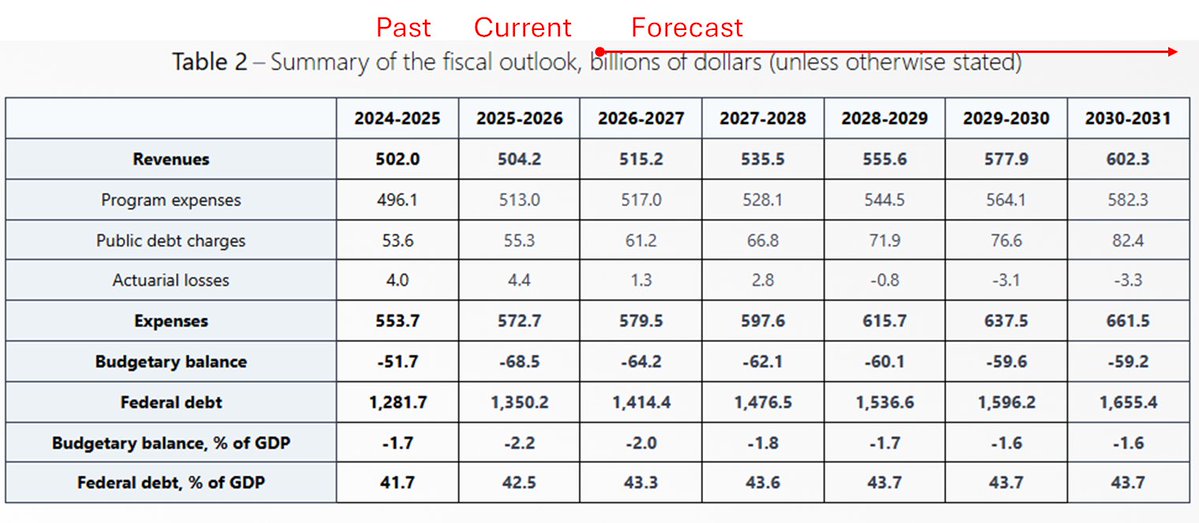🧵Just a friendly reminder that at this time a year ago, social gatherings of more than 10 people were illegal in Alberta. Furthermore, those gathering had to be vaccinated. In other words, even family members couldn't come to your small Christmas party. 1/ 

A year ago, showing a vaccine QR code to enter a restaurant was considered normal. Today, asking if someone who recently had a heart attack was vaccinated is not. 3/ 

A year ago, making people spend up to a week in a quarantine hotel after returning home from a vacation was considered normal, even if they were healthy and had no symptoms.
ctvnews.ca/health/coronav…
ctvnews.ca/health/coronav…

A year ago, filling a skateboard park with sand to prevent kids from using it was considered normal. 

A year ago, Alberta legalized discrimination through its Orwellian double speak program called "The Restriction Exemption Program". Some businesses even got money to promote discrimination. 

A year ago in Alberta, the government was handing out $100 gift cards to encourage people to get vaccinated. The government even gave $1 million to a lucky Albertan, a teacher of course. 

Don't forget what the politicians did to us. Remember that this was encouraged by senior bureaucrats and supported by an army of middle managers at every level of our governments.
#NoAmnesty
#NoAmnesty
A year ago, Alberta was erecting fences around churches to prevent people from worshiping.
globalnews.ca/news/7742895/e…
globalnews.ca/news/7742895/e…

A year ago, Alberta was arresting kids who just wanted to play outdoor hockey. In one instance, they even threatened a kid with a taser and knocked him to the ground with violent force.
cbc.ca/news/canada/ca…
cbc.ca/news/canada/ca…

A year ago, police who were "just doing their job", beat up citizens who weren't wearing masks. They did it to protect them. 🤡 

A year ago, private companies were discriminating against employees.
'We feel the people who did the right thing should be rewarded'
hrreporter.com/focus-areas/co…
'We feel the people who did the right thing should be rewarded'
hrreporter.com/focus-areas/co…
• • •
Missing some Tweet in this thread? You can try to
force a refresh























